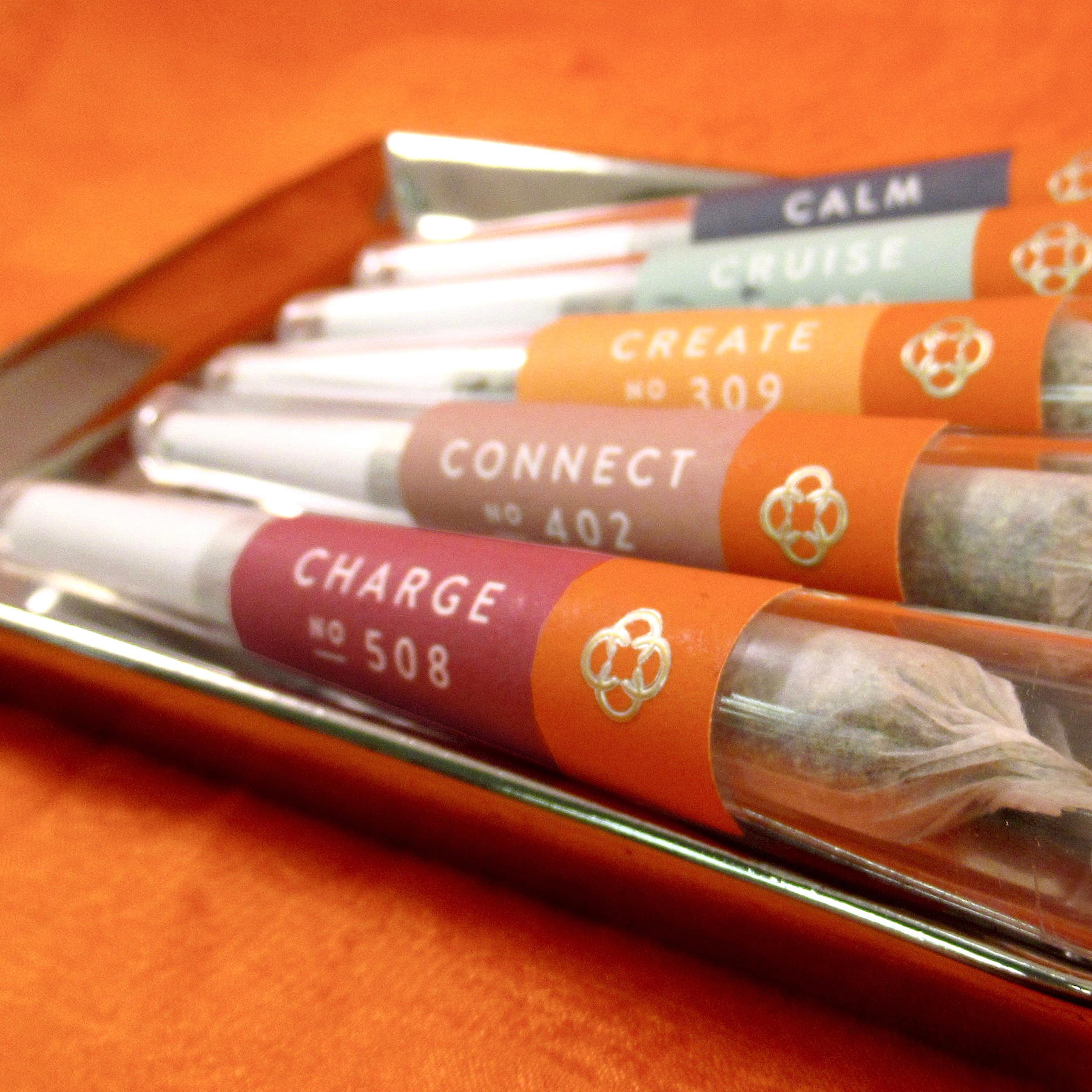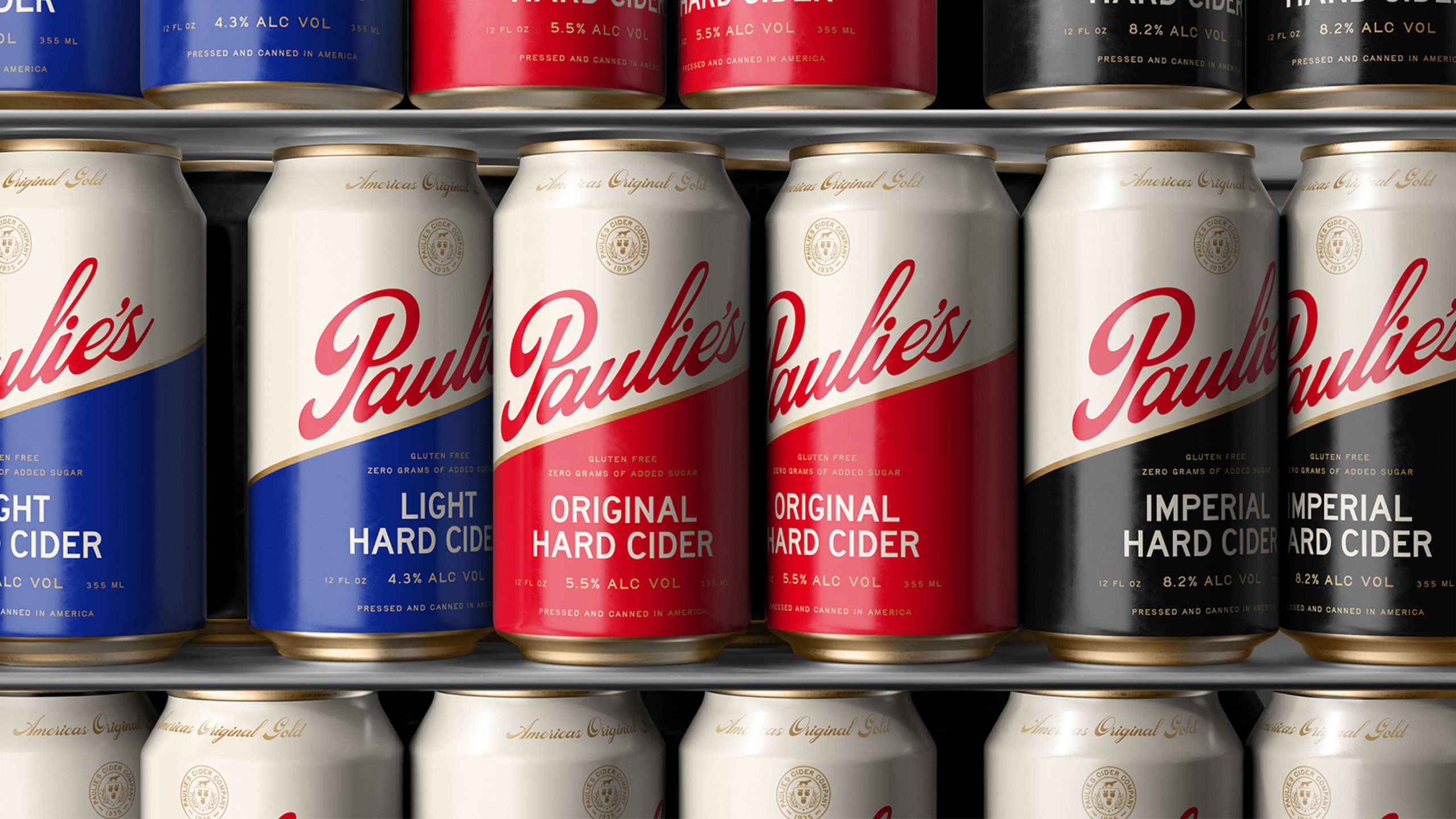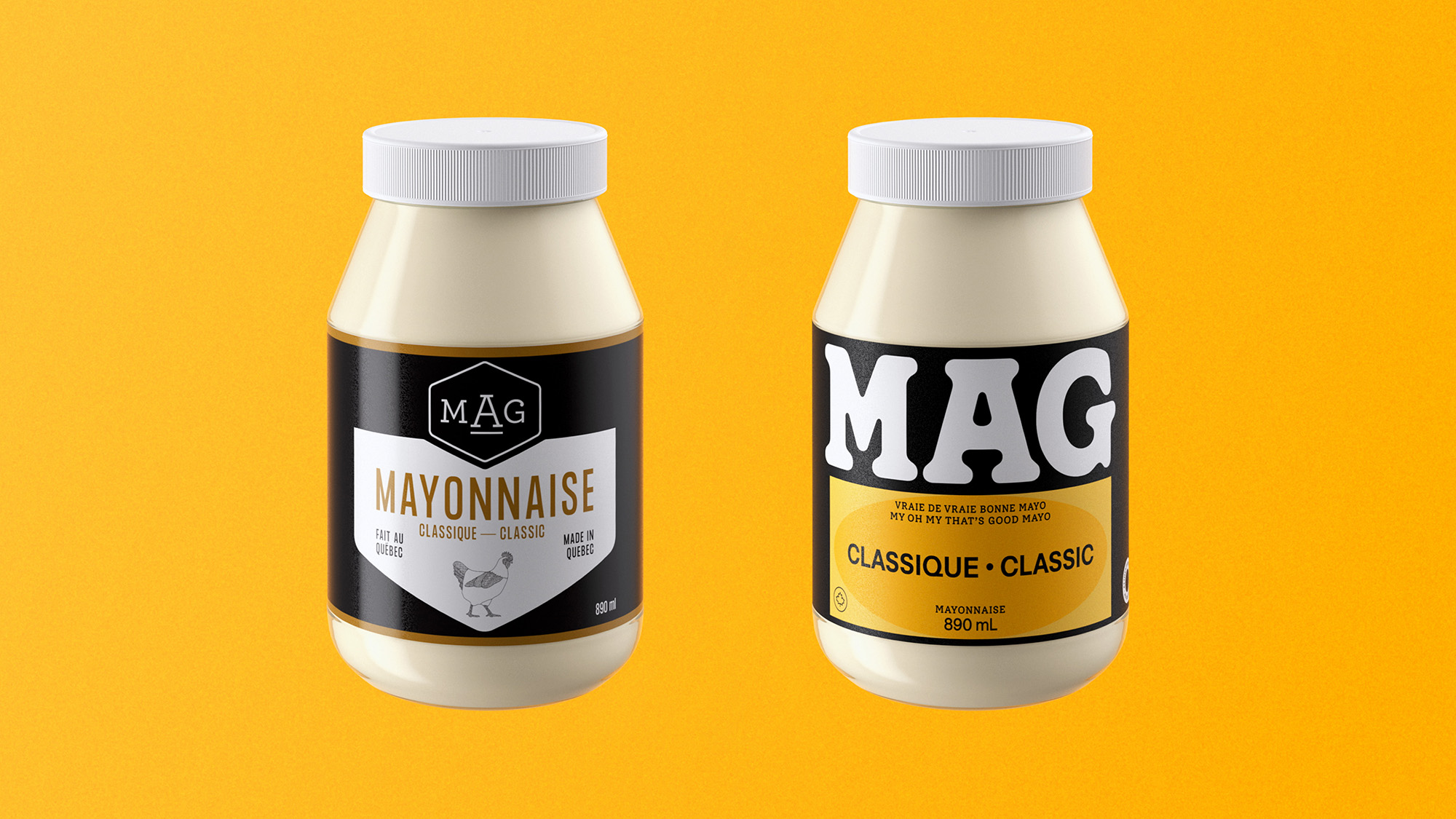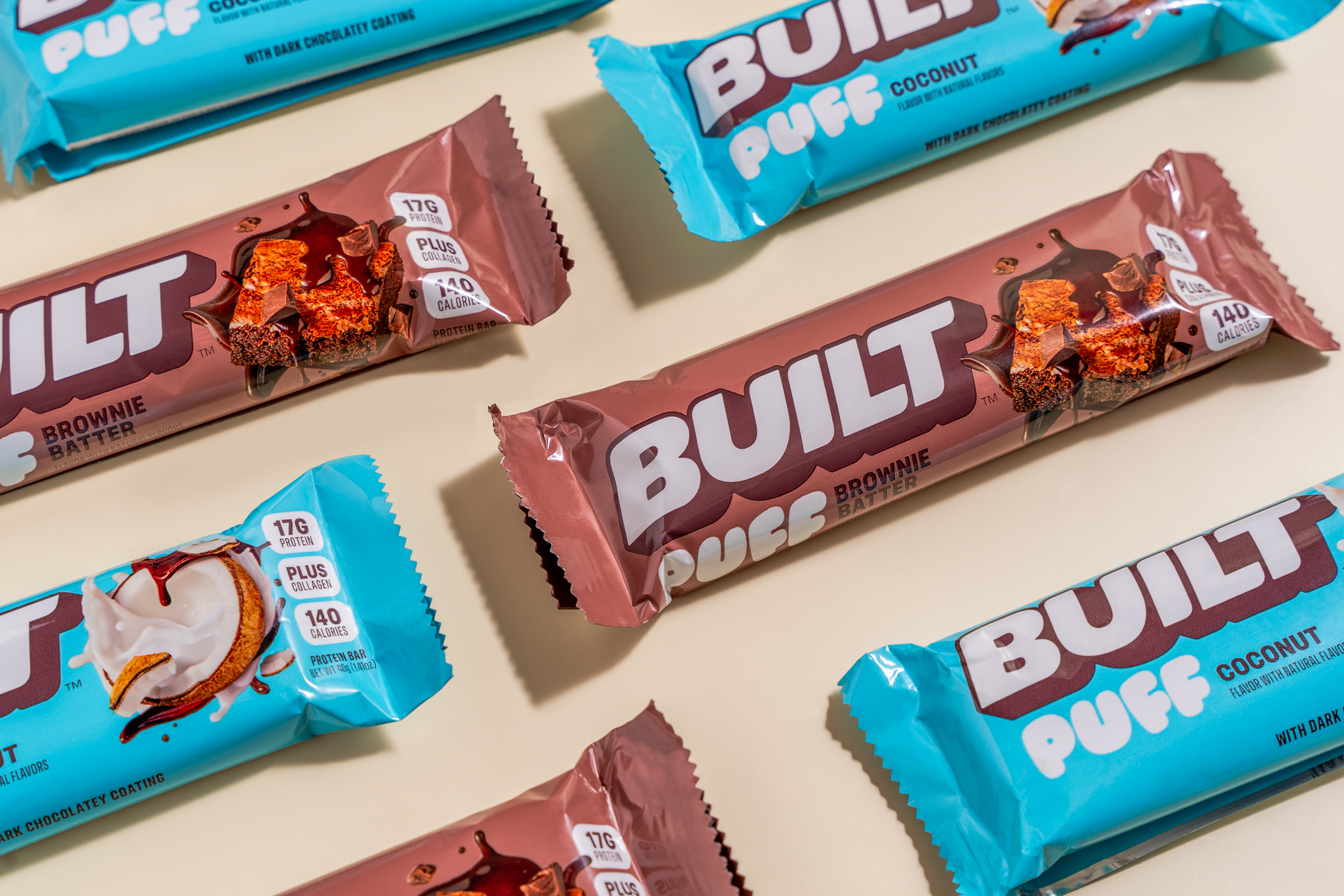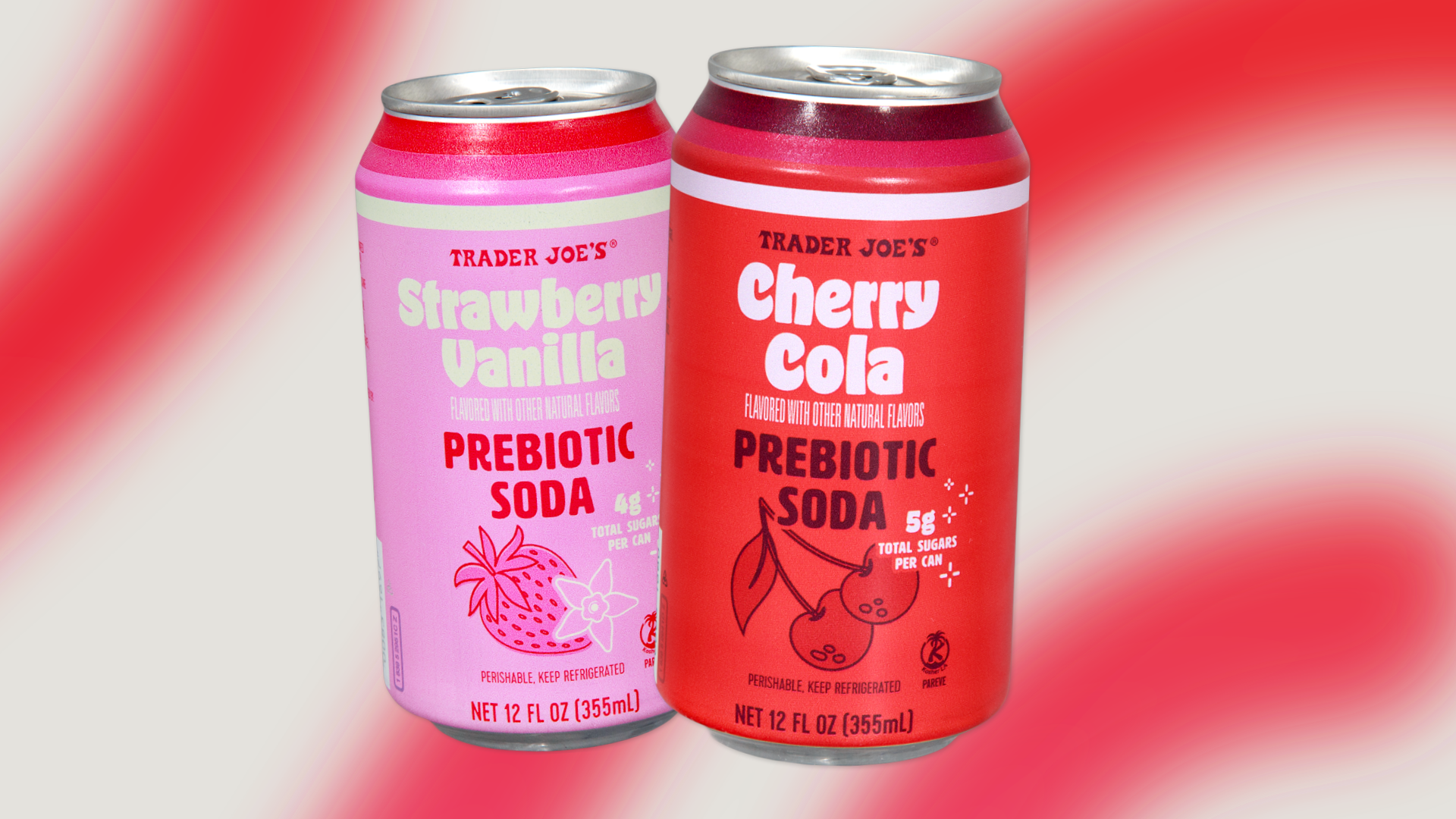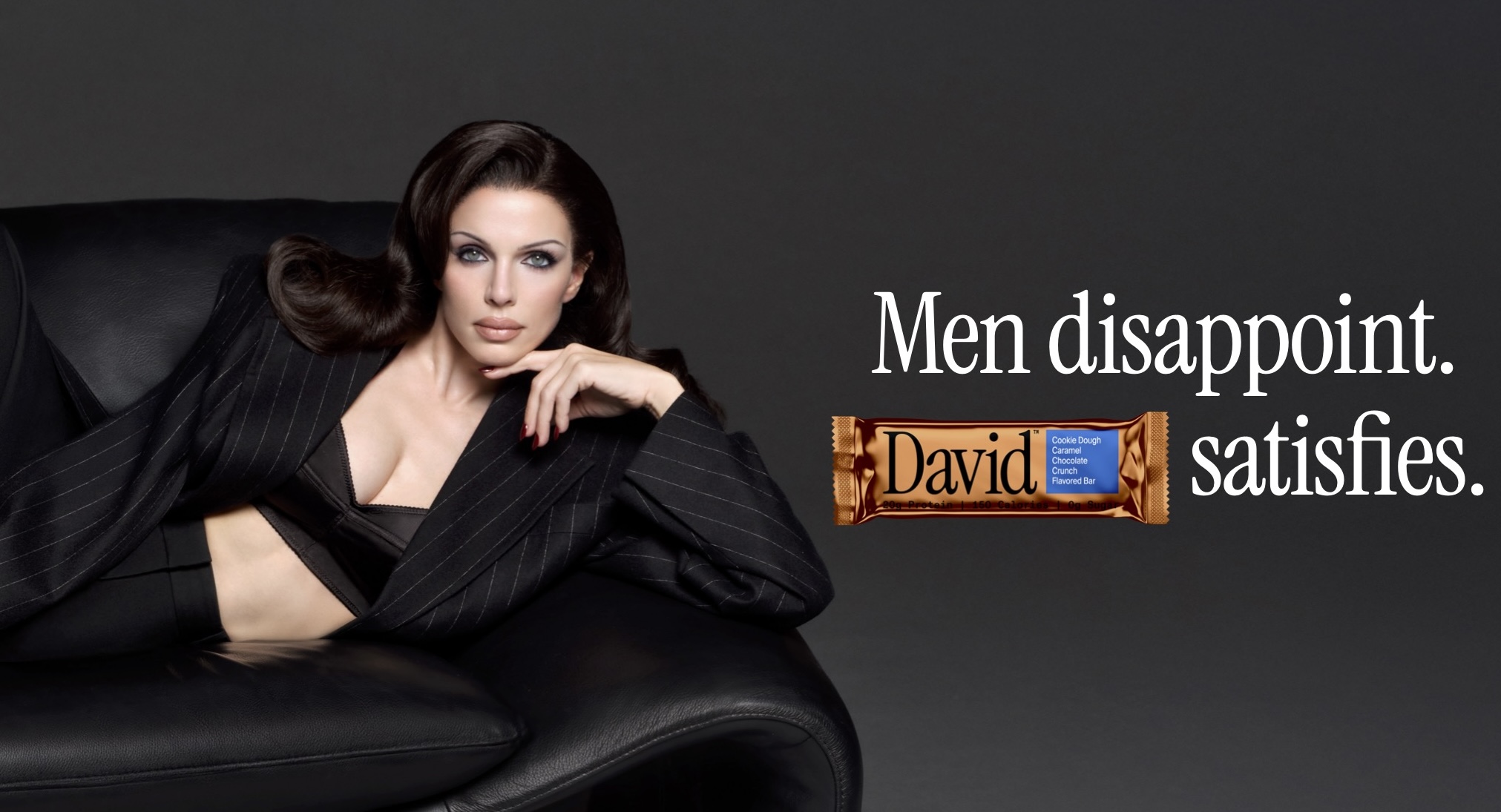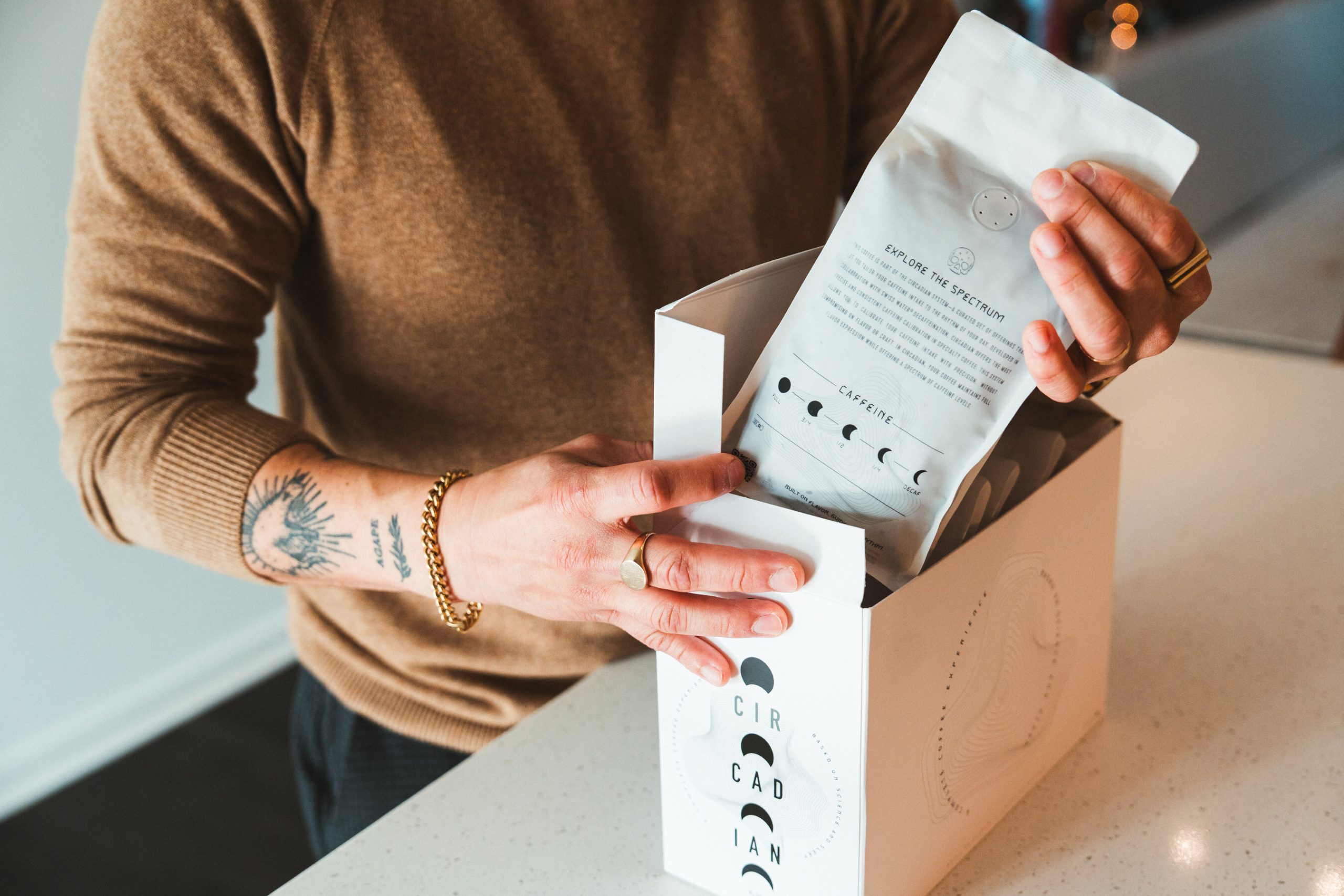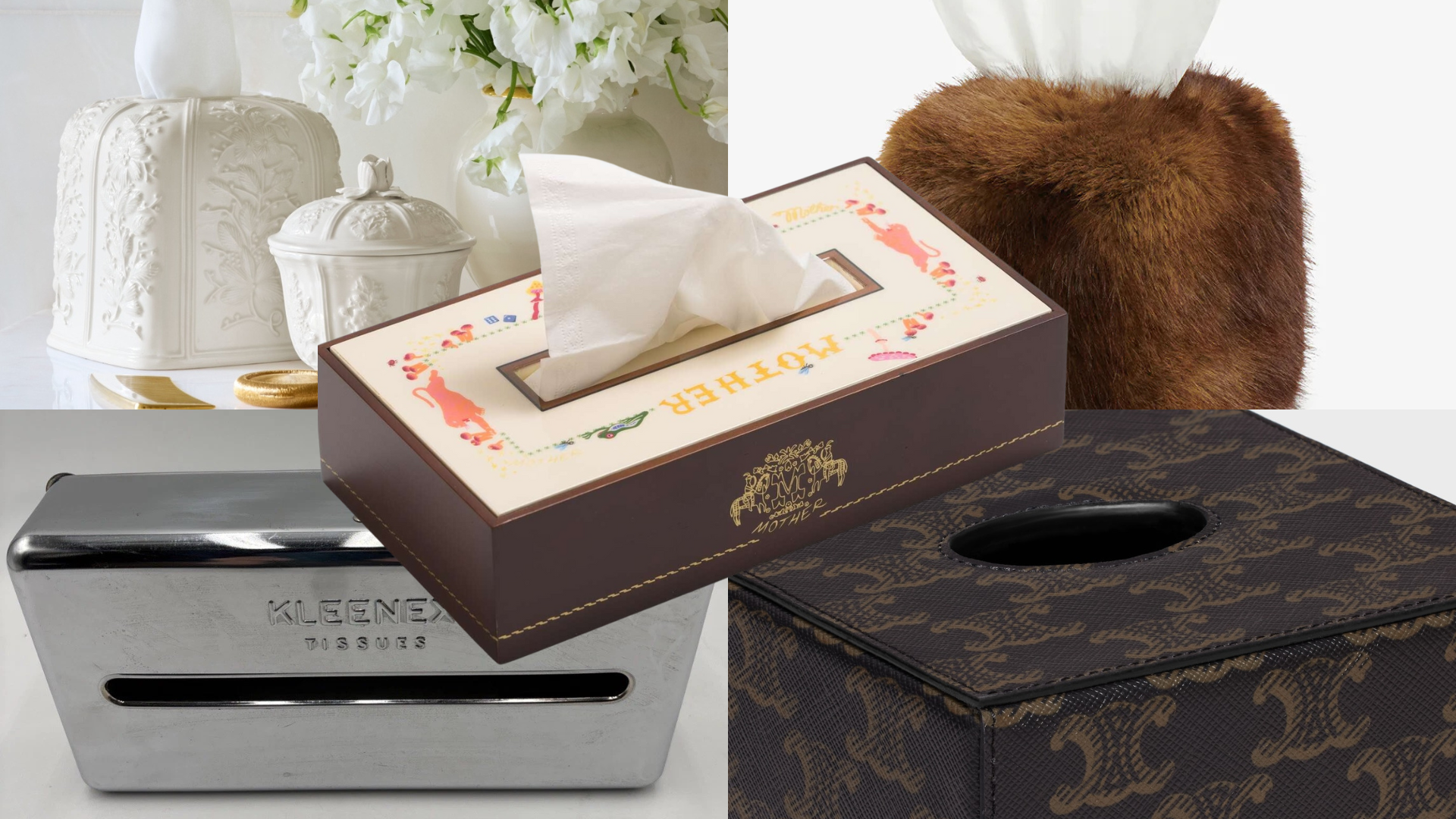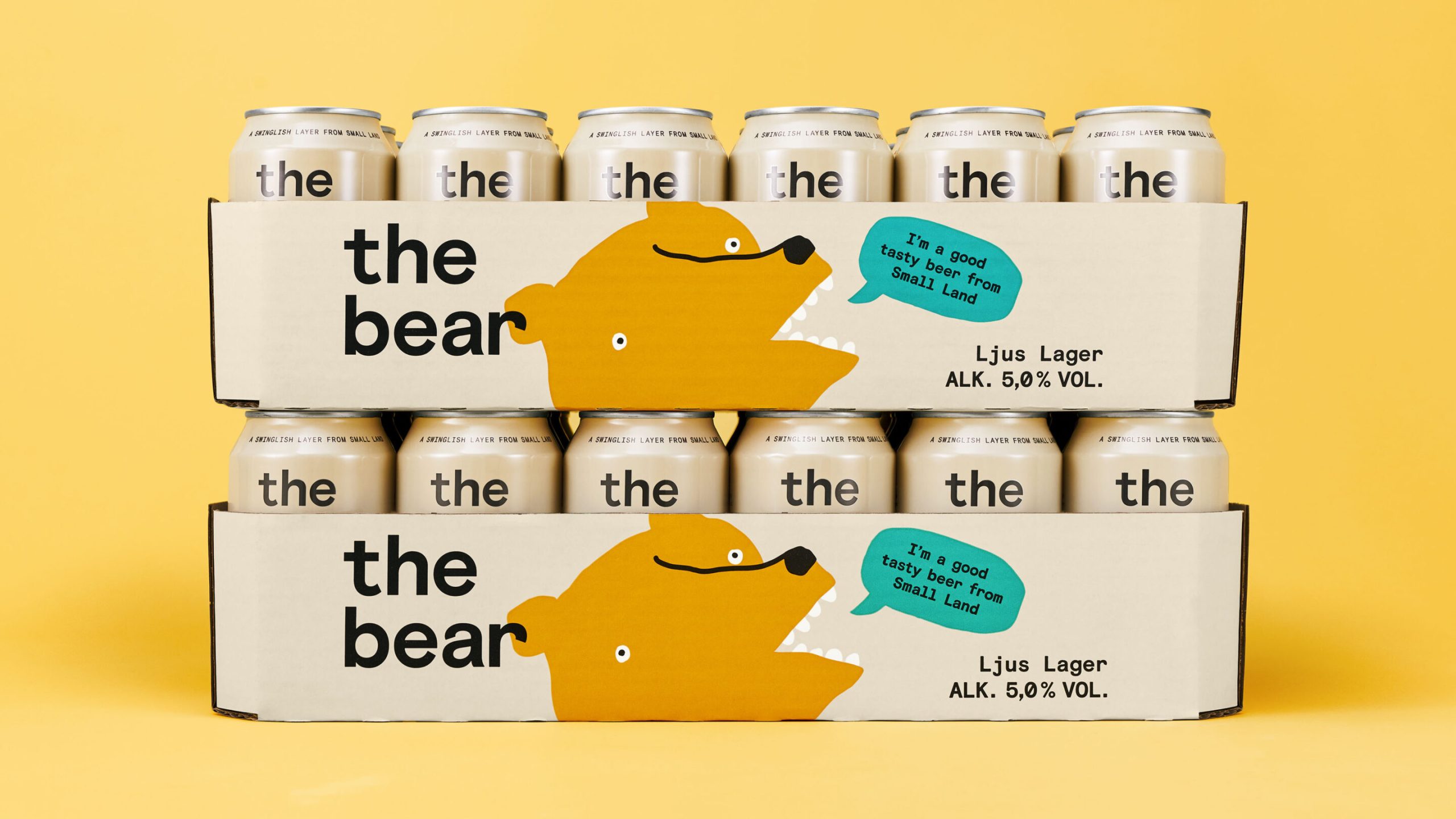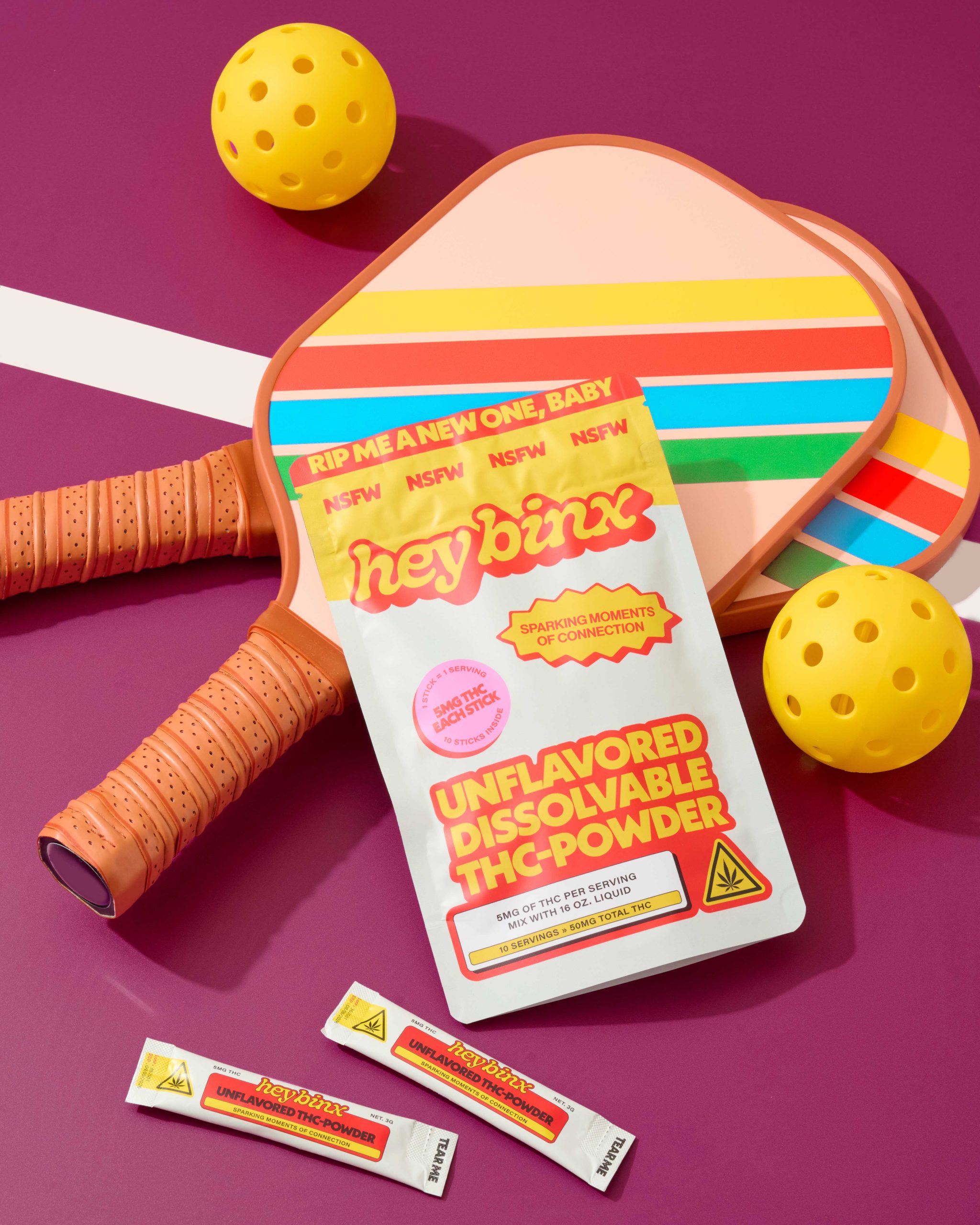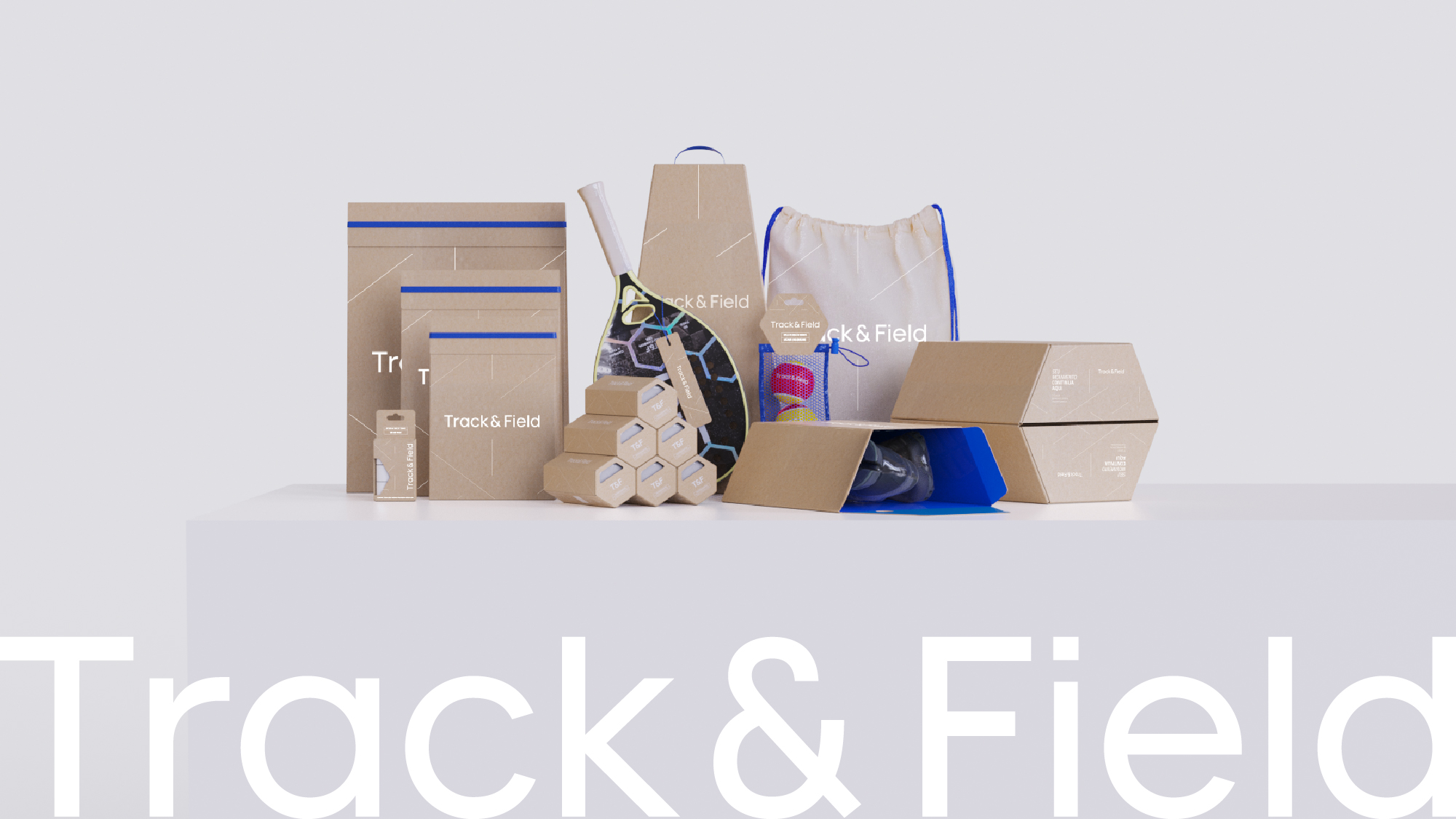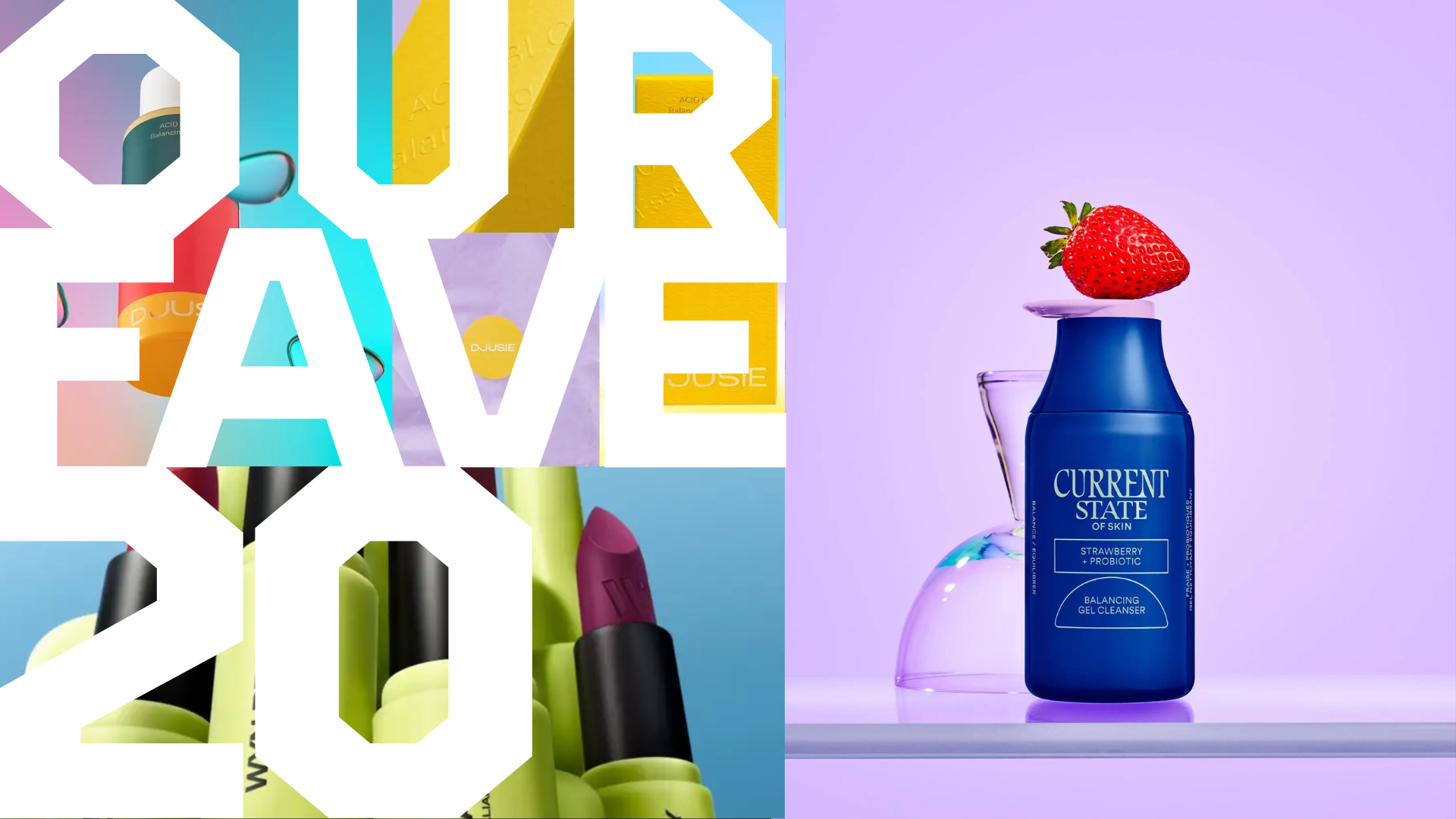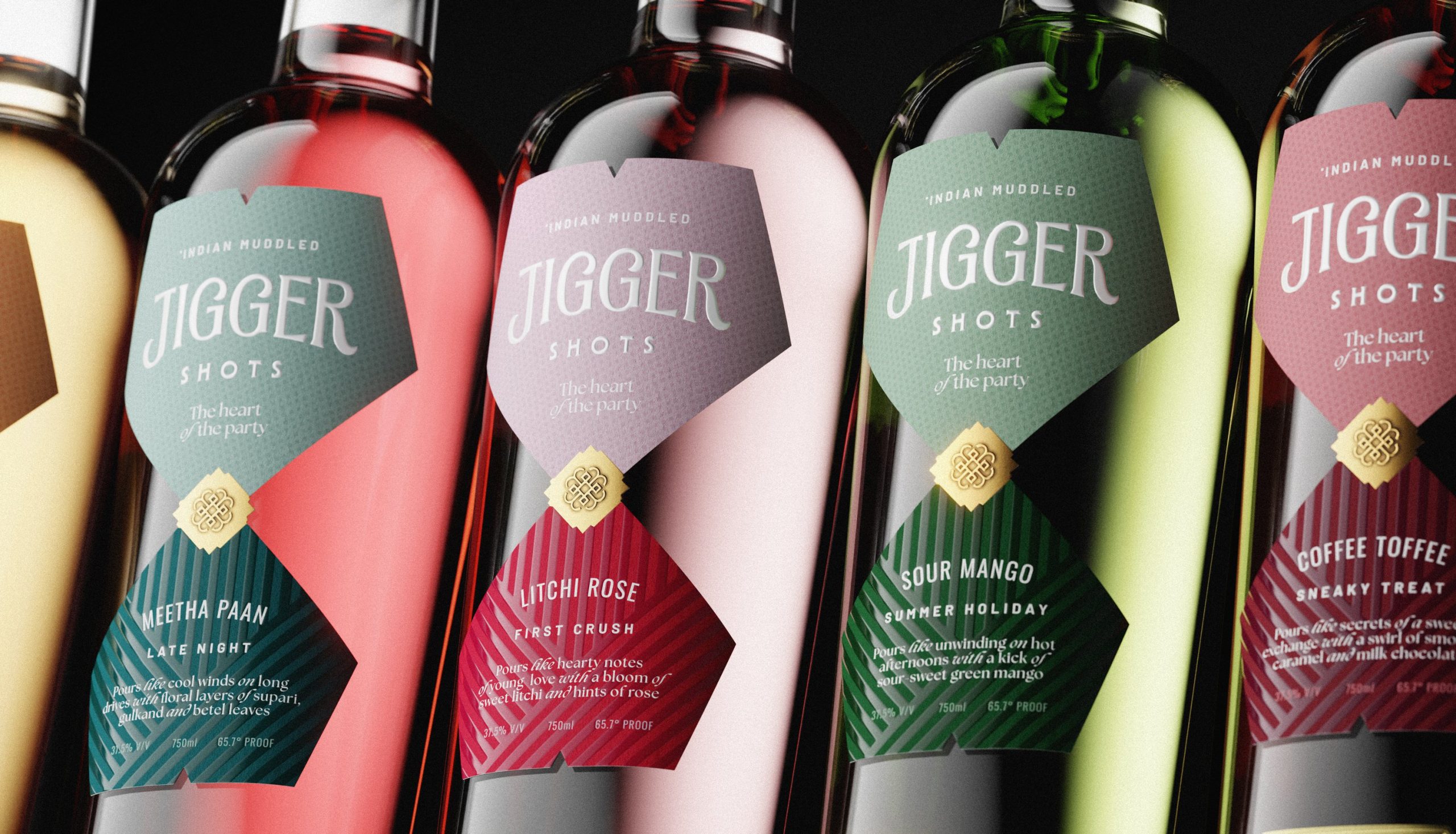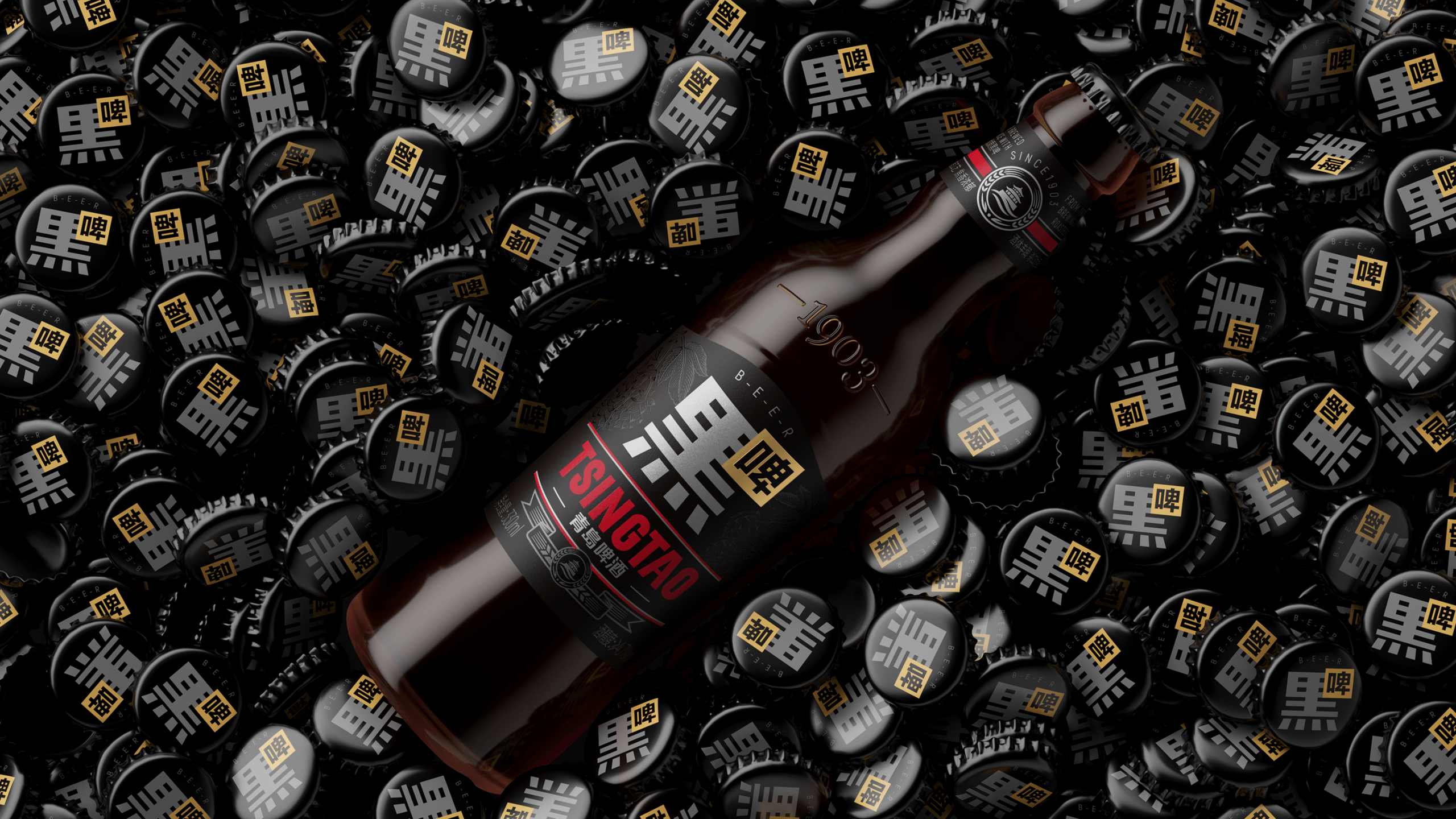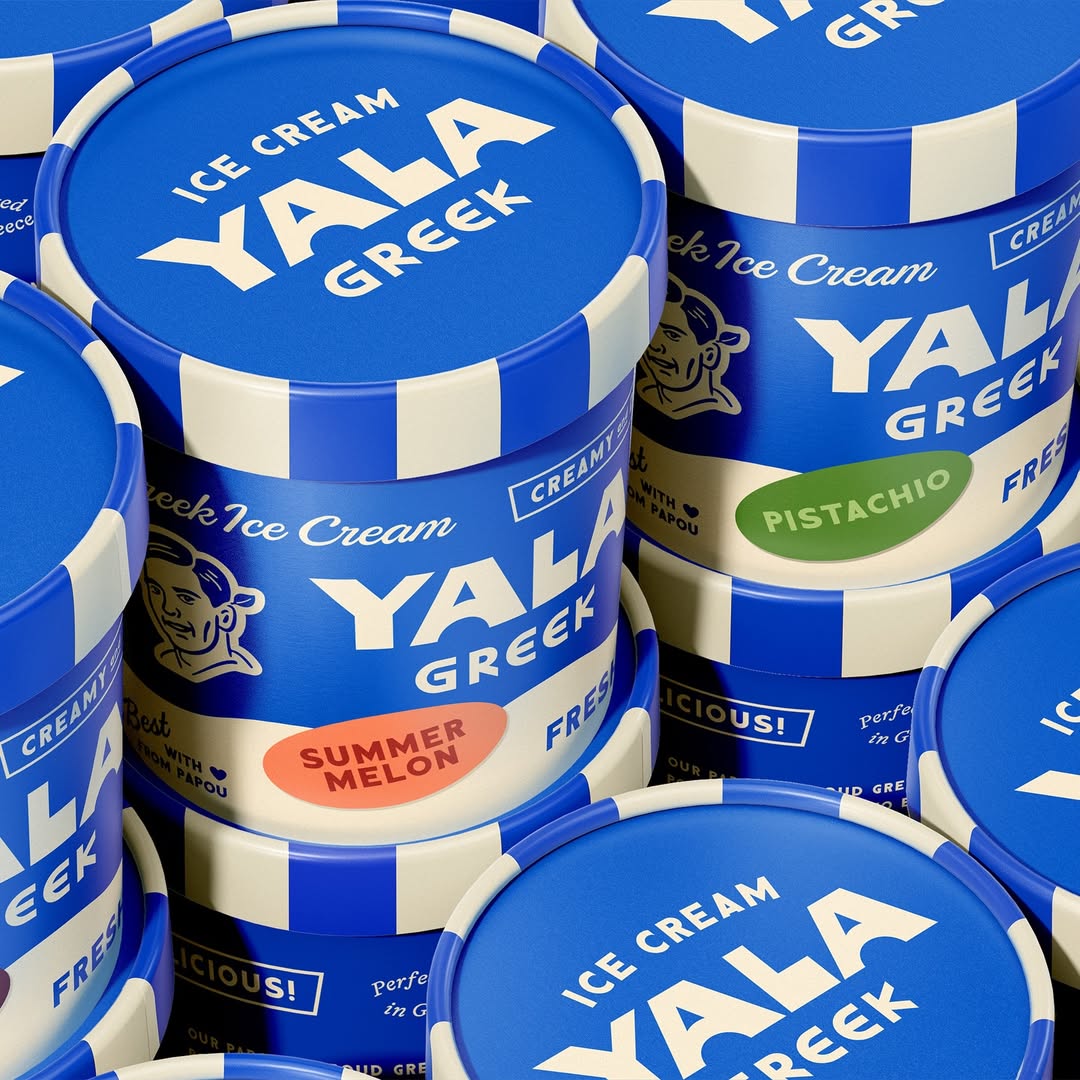
If the topic of legalized cannabis came up at the last dinner party you went to, more than likely you didn’t talk about different strains like Lamb’s Bread, Lamb’s Breath, Lamb’s Beard, Leg of Lamb, or Lambda Lambda Lambda—and that’s just the lambs. Your conversation probably gravitated towards the effects of cannabis. This one helps me sleep. This one helps me get shit done. This one gives me a much-needed boost of energy before a workout.
OK, we still can’t really believe that last one, but there are plenty of folks that do.
